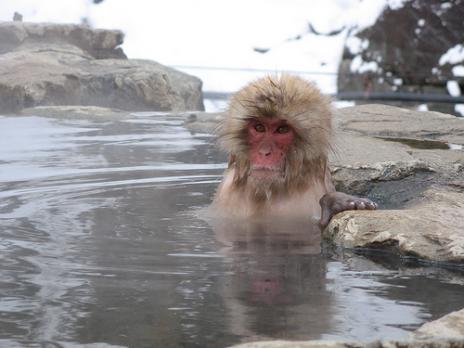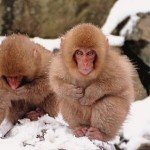Snow Monkey
We have about 180 kinds of monkeys the entire world. Gorilla, Chimpanzee, Orangutan, Baboon, Savanna monkey, Spider monkey, Squirrel monkey, Red hair monkey and others. Almost of them are inhabited in Torrid Zone and subtropics.
Japanese monkey is inhabited in the north area. And northern part of Japan has a lot of snow during a few months. Generally, the temperature is minus 10 degree C. Japanese monkey is living in the natural environment, so they have called snow monkey.
Where can we watch the monkey?
Japanese monkeys are inhabited in the mountainous district of every place except Hokkaido and Okinawa.
The way to watch the monkeys is looking for the mountain where they can live in the location of the broad-leaved trees by walk.
But, it’s very difficult to see them because of the mountains are very steep and forests are very profound. Even if we could see them, we can’t observe their ecology because they make a move immediately.
In that case, what can we do? We can watch them at the zoological garden. Every place of zoo in Japan has bred a lot of Japanese monkeys, so you can watch them certainly. Naturally, they don’t go out of the place. Another way to see the Japanese monkeys is visiting the institution called Yaenkouen.
Japanese monkeys are living by group. You can observe their essential life and behavior in the natural field. Abinocular is useful because of extensive fields.Yaenkouen is existence in other places.
Monkeys are quite similar to human and interesting animals.We recommend you to observe them closely. You will enjoy observation.
Dietary life of Japanese monkey
Their main food item is plants. They eat shoots, young leaves and weeps in spring. In fall, they eat fruits, and nuts and so on. Also they like insects too. Japanese monkeys in heavy snow area eat bamboo leaves, winters shoots or bark of trees and prevent from starving.
Society of Japanese monkey
Several adult males compose their society; the number of adult females is nearly three times of adult males, and their children. Basically, females stay in her natal group, on the other hand, most of male leave their group before they become adults. Some of males become solitary male, but in someday, he will join the new group. They continue to move from group to group. So, the basic composition of group is adult females and their children, forming a matrilineal society.
A life of Japanese monkey
Japanese monkeys are diurnal animal. At night, they sleep on the tree, with the posture of holding each other or sitting alone. They never made nests to sleep, and sleeping sites change everyday. From dawn to dust, troop moves slowly and during that, they search food, rest, or play. Mating season is from October to December. Their babies are born from April to June. Conception period is at average 173days and bear only one baby, whose interval is usually a year. They live for 25-30 years.
Face
Each monkeys has different face. It’s very difficult to distinguish monkey’s face, like we can’t memorize foreigner’s face. But, if you keep up to observe them, it’s become easier and easier to distinguish their face.
They are good at living on trees. They developed the vision system to measure the distance between branches when they leap and jump onto.
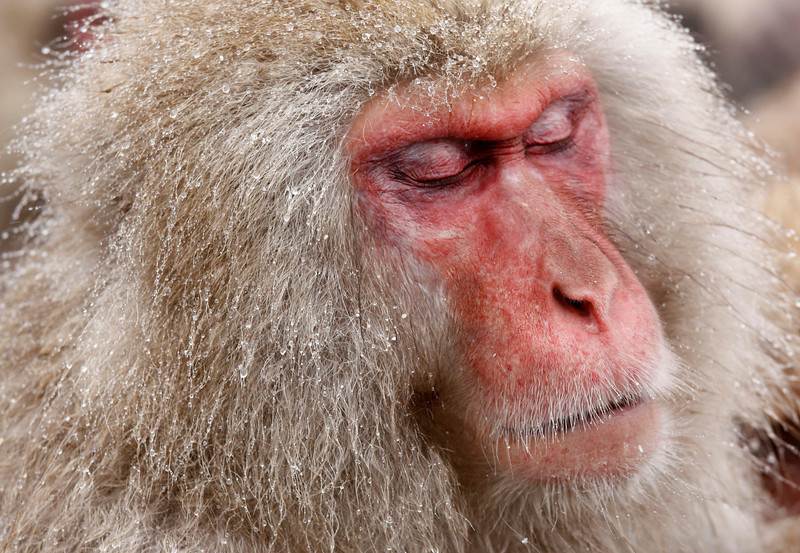 Image Source
Image Source
In addition, they live in a society, which need to identify each other by eyes. In various situations, they depend on their eyes. So, it’s easy for us to identify each monkeys, and also easy for them to memorize our faces who often visit the monkey park. They can detect you even if you change the clothes.
The method to memorize monkey’s faces and identify each monkey is called individual identification. It’s known that Japanese primates study is the top level of the world because of they uses individual identification method and conducted a detailed observation in many provisioned troops of Japanese monkeys, in that monkeys do not fear the humans. The first step to study about monkeys is to know the faces of monkeys.
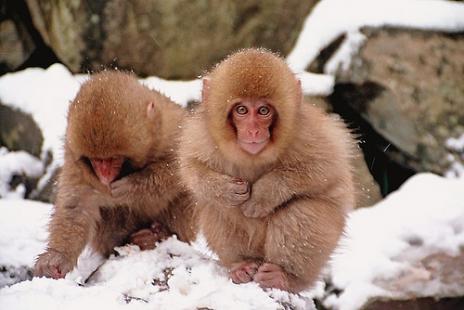
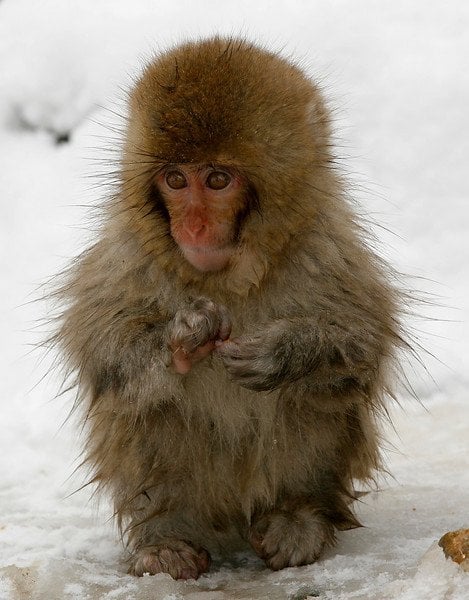
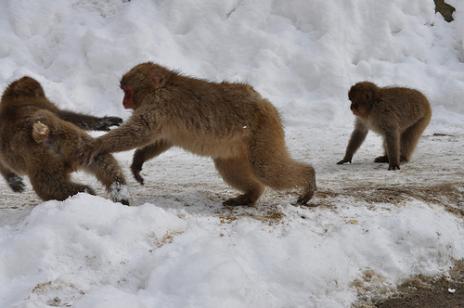
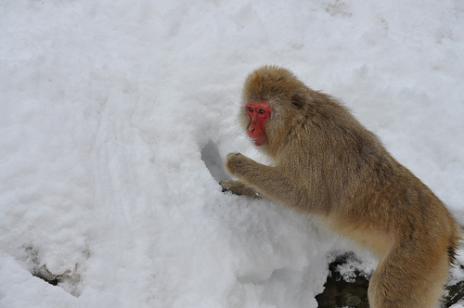
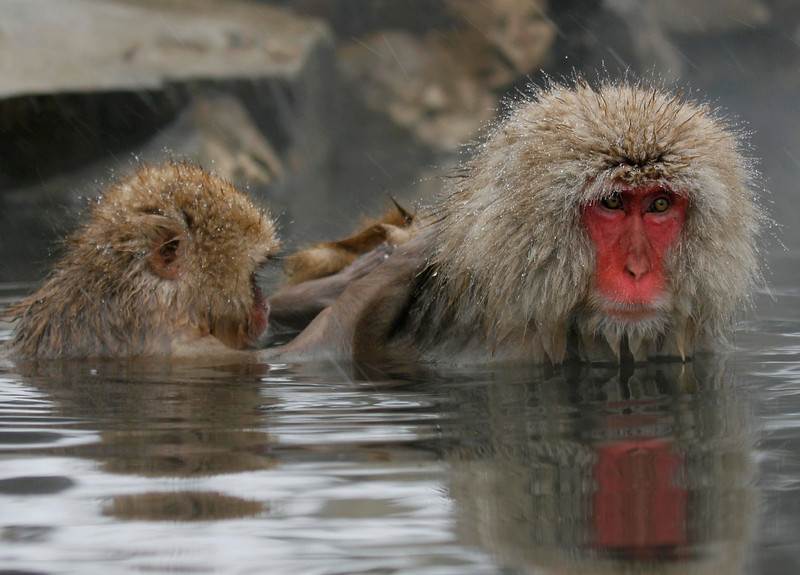


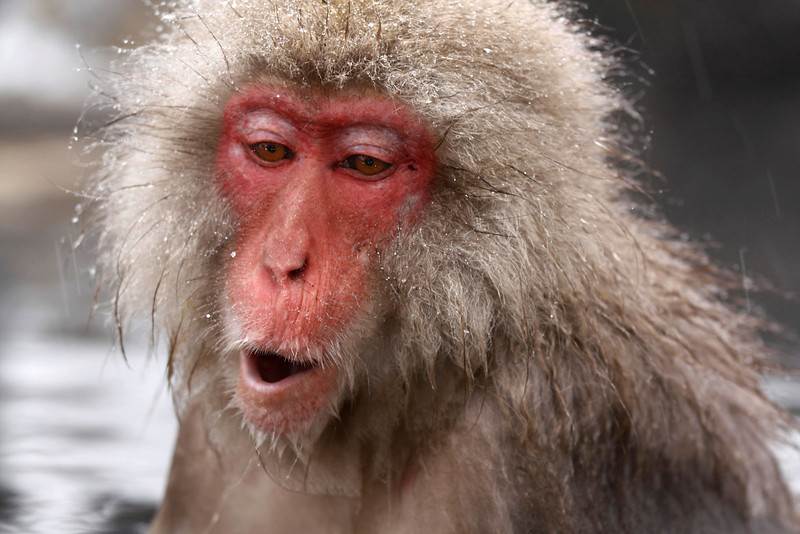
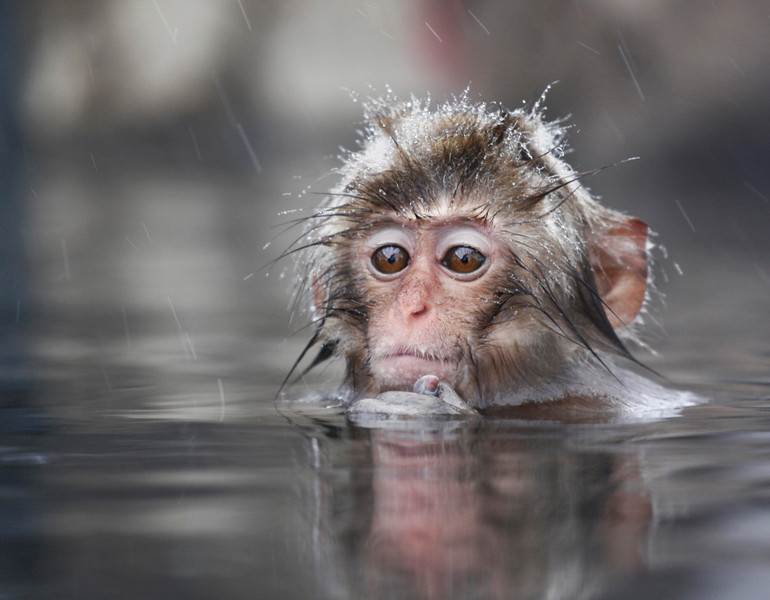
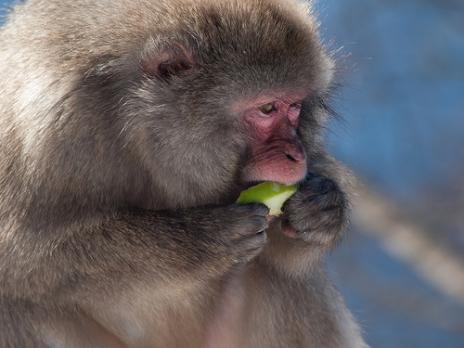
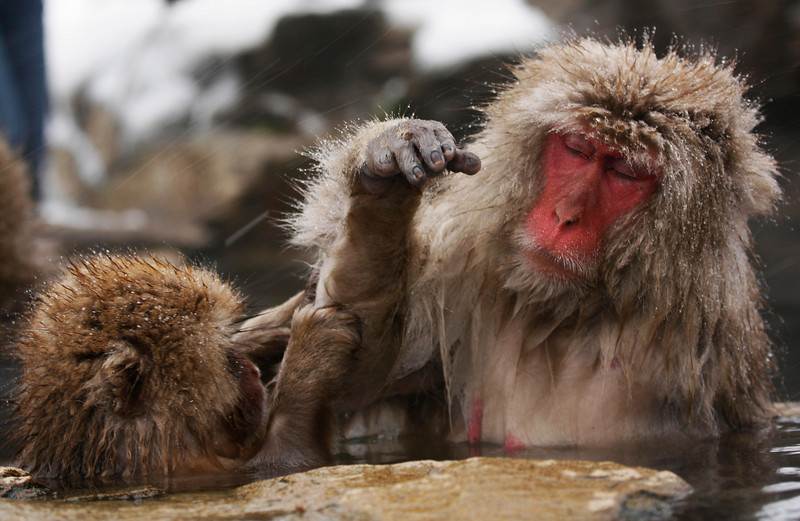

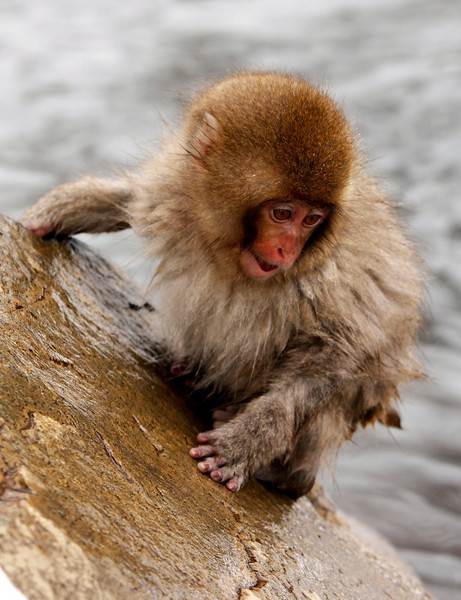
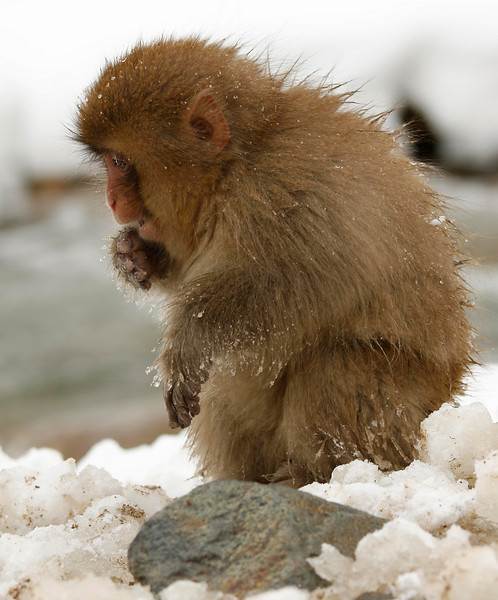 Image Source
Image Source